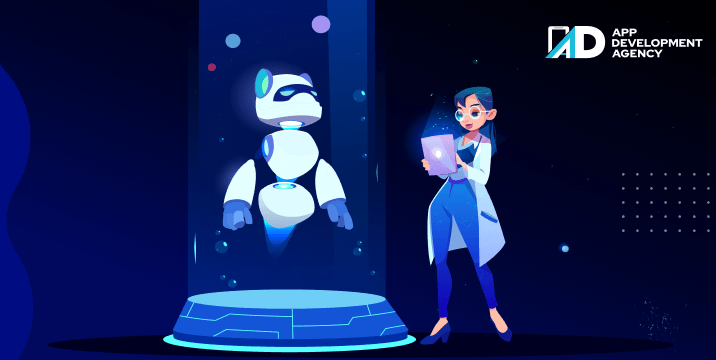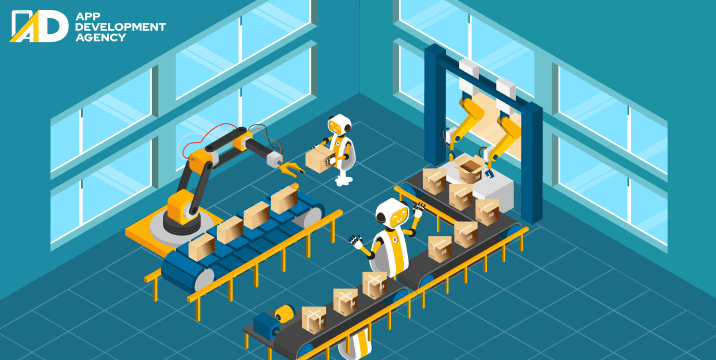We live in an era where your coffee machine can sync with your smartwatch, the air conditioner can sync with your smartphone, but your university portal still logs you out after three minutes of inactivity. Why is that?
While the corporate world, healthcare, and even agriculture have embraced the cloud like it’s the second coming of sliced bread, education, especially higher education, has been cautiously tiptoeing around it. But the truth is, Cloud Computing in Education isn’t a future trend anymore. It’s right now, and it’s rewriting how we teach, learn, and manage knowledge.
So let’s dive into the why, how, and what’s-next, in a tone that sounds more like coffee talk than a tech lecture.
Cloud classrooms are virtual learning environments hosted on the internet, leveraging cloud computing to provide flexible and accessible educational resources. They offer a range of benefits, including enhanced collaboration, remote learning capabilities, and efficient management of educational materials.
Cloud classrooms utilize cloud computing, which means educational resources and services are accessed over the internet, rather than being stored or run on a local computer or server.
They create a digital space where students and teachers can interact, share resources, and collaborate on projects, regardless of location.
Cloud classrooms break down geographical and time barriers, allowing students and teachers to participate from anywhere with an internet connection and at their own pace.
Popular Cloud Classroom Platforms: Google Classroom, Microsoft Teams, classroom.cloud, Q-NEX NMP, Cloud School; Cloud classrooms offer a more flexible, accessible, and efficient way to learn and teach. They empower educators to personalize learning experiences, streamline administrative tasks, and foster collaboration among students.
You’re probably already using cloud-based tools without even thinking about it. Here’s a quick peek:
Ever heard a professor rant about juggling a dozen logins just to access student submissions, grades, lecture notes, and attendance? I once interviewed a faculty member in Nairobi who jokingly said, “By the time I find the file I need, the class is over.”
And it’s not just an African problem.
These fragmented EdTech ecosystems are more like digital duct tape than digital transformation. They waste time, create stress, and rob educators of the joy of teaching. Students suffer too—they bounce between apps, forget passwords, and lose track of deadlines.
And let’s not even talk about security. Each disconnected system becomes a separate door for cyber threats to waltz in.
If there is a campus where (1) Students log in once and access every learning tool, on any device, (2) Professors grade assignments, post announcements, and collaborate in real time, without switching tabs, (3) Admins pull cross-functional data from a single dashboard.
LTI (Learning Tools Interoperability) is the geeky standard that allows different learning platforms to “shake hands” and work together. It works as the Bluetooth of EdTech. Without it, apps stay in their silos. With it, your LMS (like Moodle or Canvas) can pull data from third-party apps like Zoom, Turnitin, or even Kahoot, all without needing 10 different passwords.
Cloud application development companies build apps with LTI compatibility because they know the future isn’t one app to rule them all; it’s a cloud-powered ecosystem that dances in sync. So if your university is building or buying EdTech, ask: Is it LTI-compatible? If not, it’s like buying a smartphone that can’t connect to Wi-Fi.
Let me take you to three corners of the globe:
Ryerson University moved its learning systems to the cloud during the pandemic. But instead of just replicating the physical classroom online, they reimagined it. Professors used AI-powered grading assistants. Students collaborated via cloud-based whiteboards. It wasn’t just learning, but co-creation.
A government engineering college shifted all backend operations—admissions, attendance, exams, onto a custom cloud platform built by a regional cloud application development company. The result? Students now register, pay, and receive digital transcripts without stepping into an office.
The University of Cape Town adopted Google Workspace for Education, fully integrated with its LMS. Teachers now access every lecture, handout, and student file from the cloud. They save time. Students stay updated. No more “my laptop crashed” excuses.
That’s already happening. AI is increasingly being embedded in cloud education tools: (1) Predictive analytics help flag at-risk students, (2) Smart tutors give instant feedback on math problems, (3) Automated transcription tools make lectures accessible in multiple languages.
Cloud Computing companies are now offering platforms that don’t just serve content, they personalise, translate, and optimize it in real time. A visually impaired student in the Philippines accesses a cloud-based platform that auto-converts textbook content into audio. That’s convenience plus inclusion. And that’s what we should expect from a good cloud design.
Some universities aren’t just using cloud computing, they’re setting global benchmarks.
The lesson? You don’t have to reinvent the wheel, just look at what’s already working, then adapt it locally with help from experienced Cloud Computing services providers.
Yes—if implemented properly. Cloud providers like AWS, Azure, and Google Cloud offer robust encryption, backup, and compliance. Choose services with SOC 2 and FERPA certifications.
Upfront, maybe. But long-term? It slashes hardware, maintenance, and staffing costs. Plus, many cloud computing services offer education discounts or grants.
Both work. Off-the-shelf solutions are faster to deploy. But custom apps (built by a cloud application development company) can address your specific workflows and branding.
Training is part of the implementation plan. Many cloud computing companies offer onboarding workshops and user support packages.
That’s why hybrid solutions exist. Critical functions can still run offline or in local backups. Plus, connectivity is improving globally.
When universities shift to cloud-based services, they’re no longer chained to on-premise hardware, complex maintenance, or limited storage. Instead, they rent brainpower and infrastructure from large, remote servers owned by cloud computing companies like AWS, Google Cloud, or Microsoft Azure.
Think of it like moving from carrying all your textbooks to accessing a full library from your phone, anywhere, anytime. Liked the concept? Keep learning more.

I still remember standing in a crowded supermarket in 2015, staring blankly at three different brands of cereal, unsure which one was cheaper, healthier, or even remotely worth the price tag. Now my shopping app nudges me with suggestions based on my past choices, points out discounts I’d probably miss, and even reminds me that …
Continue reading “Benefits of Artificial intelligence in Retail”
Read More
I was so inclined to write a theory acknowledging the applications and benefits of AI, not just in retail but across various domains, but I know that is what we know, and what we are feeling day to day. AI can work tirelessly 24*7, without a pause, but humans need a break. And to make …
Continue reading “How Artificial Intelligence is Transforming the Retail Industry”
Read More
When was the last time you waited for a show to air at a fixed time on cable? I am not a regular movie watcher. Nor do I keep hold of the dates when a blockbuster is about to be released. I am not a die-hard fan of grabbing the coziest seat, buying a lounge …
Continue reading “Role of AI in OTT: Transforming the Future of Streaming Platforms”
Read More